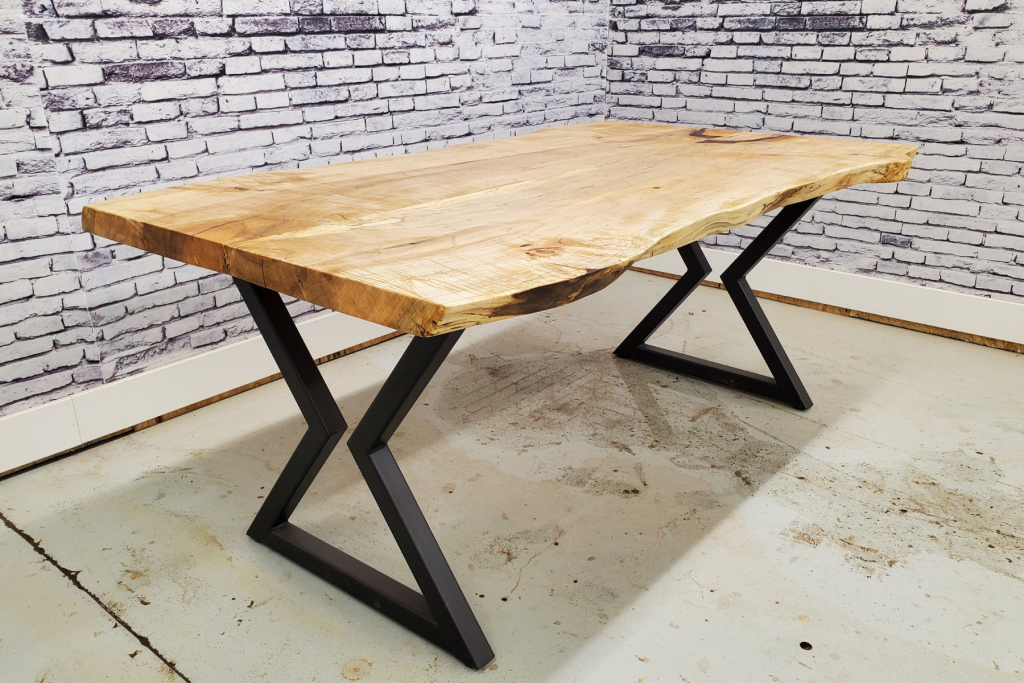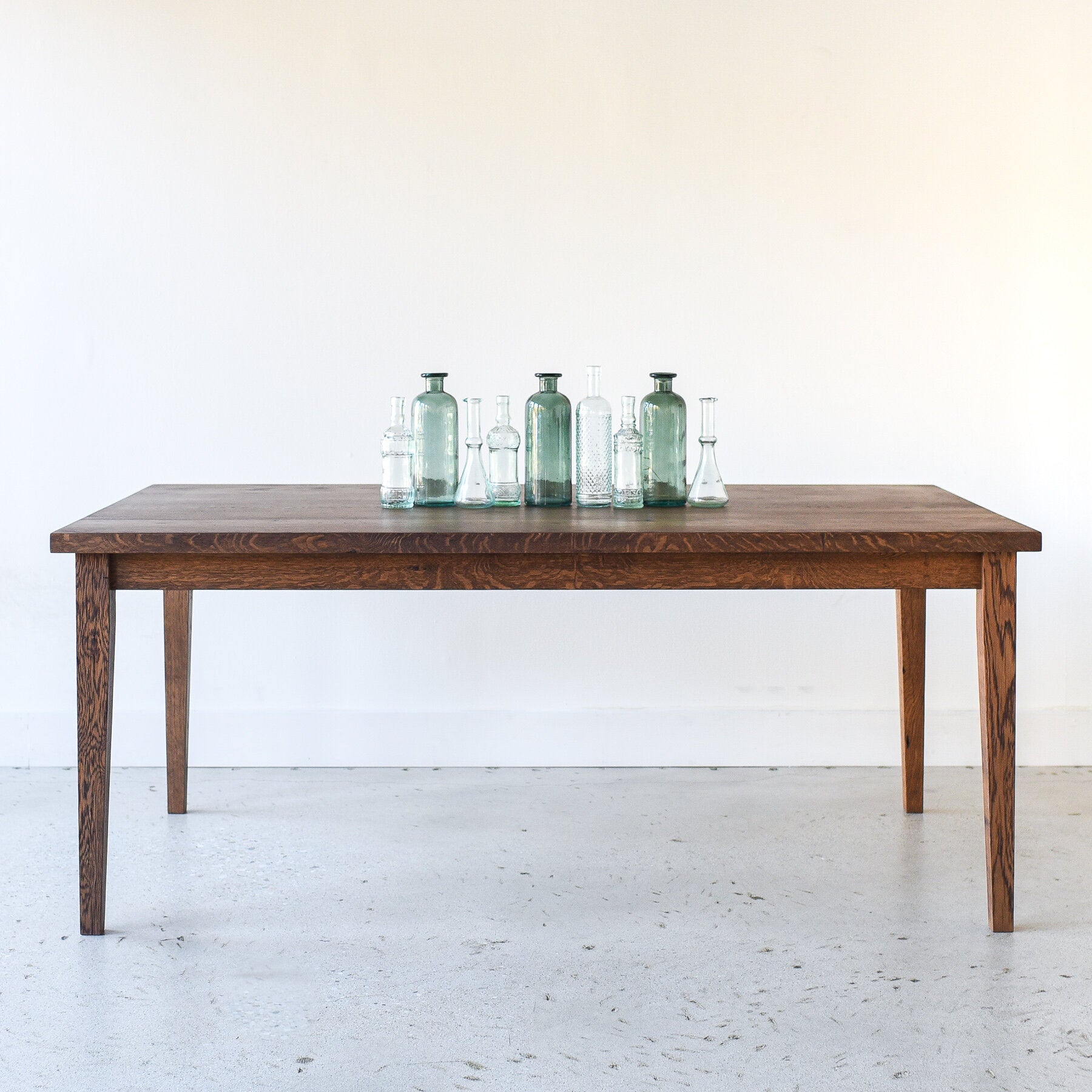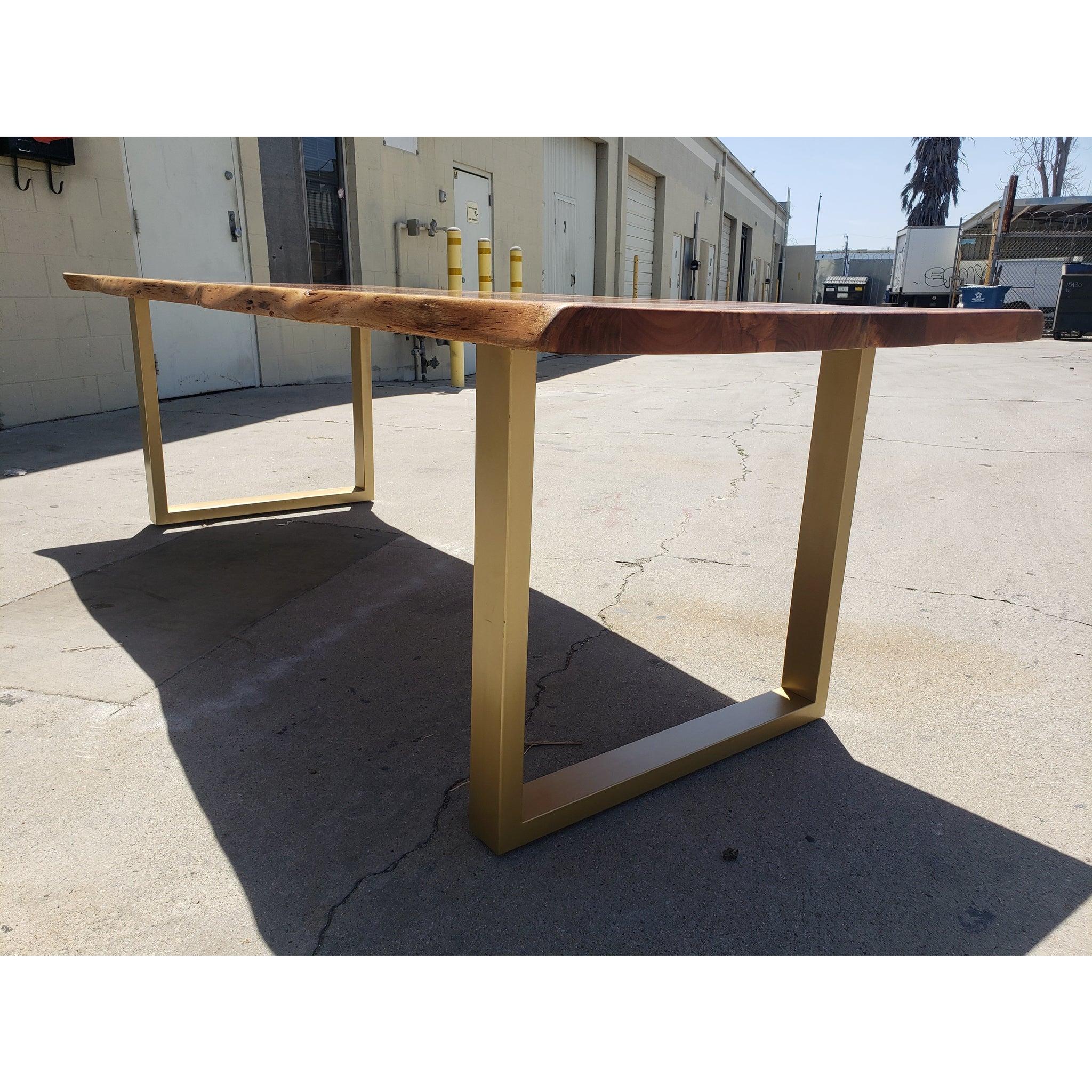Discover Resilient and Elegant Dining Table Legs Wood for each Home
Discover Resilient and Elegant Dining Table Legs Wood for each Home
Blog Article
Necessary Factors To Consider for Choosing the Right Table Legs Wood
Picking the appropriate timber for eating table legs includes a nuanced understanding of various factors that influence both capability and visual charm. The option of timber kind, ranging from durable hardwoods to extra delicate softwoods, plays a pivotal role in making sure longevity and stability. Each of these aspects can considerably impact the overall experience of your eating area.
Significance of Wood Type

Hardwoods, such as maple, oak, and walnut, are often chosen for their toughness and resistance to put on. These types of wood offer a durable structure that can endure day-to-day use, making them excellent for dining tables that experience regular events. In contrast, softer timbers like want may be extra susceptible to damages and scratches, which might not be optimal for high-traffic locations.
In addition, the option of timber can also influence the ease of maintenance. Some woods call for normal oiling or sealing to preserve their appearance, while others might be a lot more forgiving. Ultimately, choosing the proper timber kind includes balancing aesthetic considerations with sensible needs, ensuring that the dining table legs not only look appealing but additionally stand the examination of time.
Assessing Security and Strength
When assessing table legs, one must consider the security and stamina they give to the general structure. The legs are critical in supporting the tabletop and guaranteeing the eating experience is satisfying and safe. A secure table is important for preventing tottering or tipping, which can lead to spills or accidents throughout meals.
The selection of timber type dramatically affects strength. Woods such as maple, oak, and walnut are usually much more durable and durable than softwoods like pine or fir. Furthermore, the thickness and layout of the legs play a critical duty; thicker legs or those with a tapered layout can use far better assistance and security.

Visual Considerations
While functionality is paramount, the visual charm of table legs can not be forgotten, as they substantially influence the overall style and atmosphere of the dining room. The selection of style, finish, and timber can enhance or take away from the table's aesthetic impact.

Coatings also play a critical role in aesthetic appeals. An all-natural coating can highlight the timber's inherent charm, while repainted or stained legs can present color and character into the space. The percentage and scale of the legs loved one to the tabletop and surrounding furnishings needs to be thought about to make sure visual balance and communication.
Eventually, the dining table legs should not just serve a functional purpose however additionally add to a natural and inviting ambience, making them an important consideration in the overall design of the dining location.
Upkeep Demands
To make sure durability and preserve the charm of wood dining table legs, regular upkeep is necessary (Dining Table Legs Wood). original site Wood is an all-natural product that can be susceptible to harm from dampness, heat, and put on. Developing a routine care plan will significantly boost the durability of your eating table legs.
Begin with regular cleaning making use of a soft, lint-free towel to get rid of dust and particles that can damage the surface area. For even more comprehensive cleaning, utilize a moderate soap remedy and damp towel, staying clear of excess wetness that could seep right into the timber. It is recommended to apply a top quality wood gloss or conditioner every few months to nurture the wood and keep its radiance.
Address any damages or scrapes immediately with appropriate timber filler or touch-up pens to avoid additional degeneration. By sticking to these upkeep requirements, you will not just protect the visual allure of your wood eating table legs however likewise expand their practical life-span.
Spending Plan and Price Variables
Budget and expense variables regularly play an important role in the decision-making procedure for picking wood table legs. When learn the facts here now evaluating alternatives, it is vital to develop a clear budget plan that aligns with your overall furniture financial investment. The cost of wood eating table legs can vary dramatically based upon the type of style, timber, and workmanship intricacy.
Woods such as oak, cherry, and walnut typically command higher costs as a result of their durability and visual allure. On the other hand, softer timbers like ache might be a lot more inexpensive yet could not offer the same durability. Furthermore, custom or artisan-crafted legs can incur extra costs, mirroring the skill and time purchased their production.
It is additionally essential to think about the potential long-term value of your financial investment. While selecting lower-cost products could seem economically prudent initially, they may call for more frequent replacement or repair services, eventually enhancing overall expense.
Therefore, balancing top quality and cost is essential. Prioritize materials that meet your aesthetic preferences while guaranteeing they fit easily within your spending plan, enabling you to create an eating location that is both functional and visually attractive.
Verdict
In final thought, selecting the suitable wood for eating table legs requires mindful factor to consider of different aspects, consisting of timber kind, security, looks, upkeep, and spending plan. Eventually, an educated decision will certainly improve the longevity and visual allure of the dining table, making sure contentment and performance for years to come.
Selecting the appropriate type of timber for eating table legs is vital for both aesthetic allure and architectural integrity. Inevitably, picking the suitable wood kind entails balancing aesthetic factors to consider with practical needs, making certain that the dining table legs not just look appealing but also stand the test of time.
It is recommended to use a high-quality timber read more gloss or conditioner every couple of months to nurture the timber and preserve its gloss.
The price of wooden dining table legs can differ considerably based on the kind of style, timber, and craftsmanship intricacy.
In conclusion, choosing the proper timber for dining table legs necessitates cautious factor to consider of different elements, including wood kind, stability, aesthetic appeals, maintenance, and budget.
Report this page